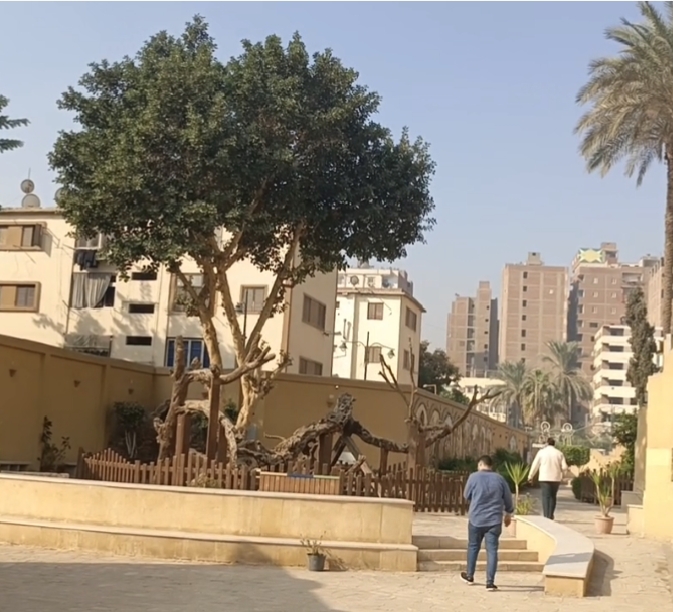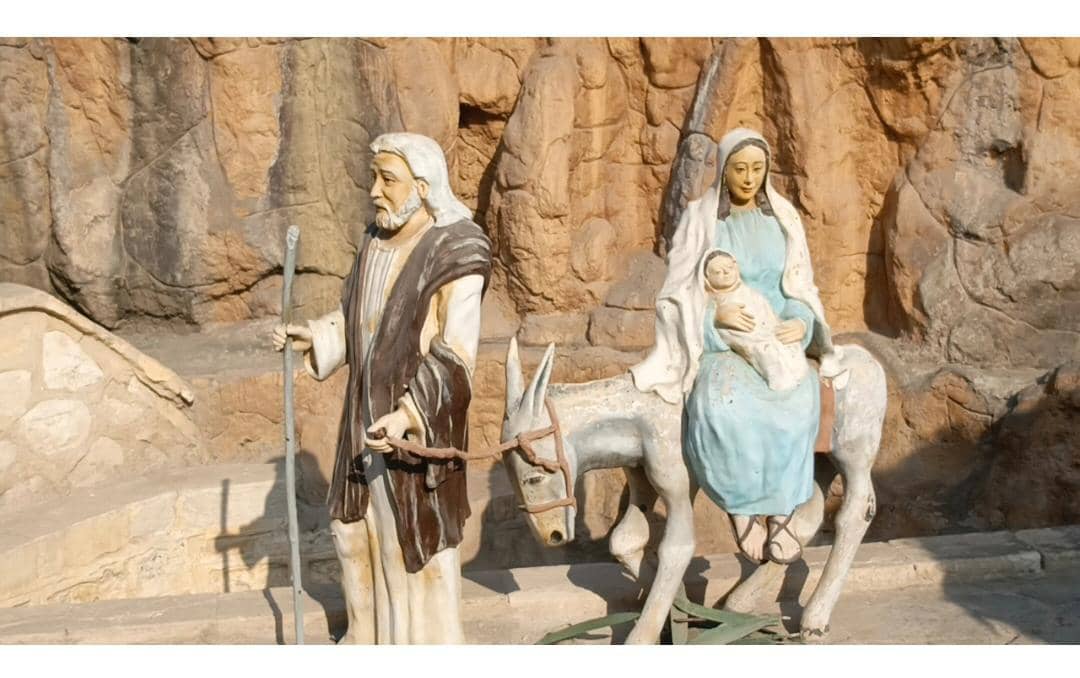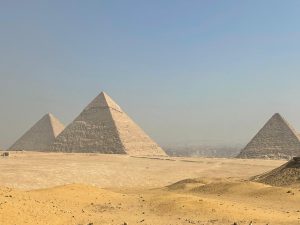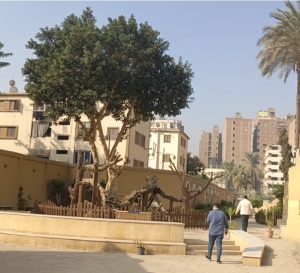Under the Shade of History; The Virgin Mary Tree in Cairo
2 min read
Under the Shade of History; The Virgin Mary Tree in Cairo
Written by Adesuwa Louisa / Jevvah Kiplimo Martin
Nestled in Al-Matareya in the northern district of Cairo, stands the legendary Virgin Mary Tree. This ancient sycamore is more than just a tree; it is a revered Coptic Christian monument, surrounded by a serene garden and enclosed within protective walls. Known as a sanctuary for the Holy Family during their flight into Egypt, the Virgin Mary Tree continues to attract pilgrims and tourists from across the globe.
The tree’s story is deeply rooted in Christian tradition. It is believed that the Holy Family of Joseph, the Virgin Mary, and the infant Jesus sought refuge under this tree while fleeing King Herod’s decree to kill all male infants in Bethlehem. The tree provided shade and protection, concealing the family from Herod’s soldiers.
It is believed that miracles occurred during their stay, including the withering of idols and statues as the Holy Family passed by, leading to their fame spreading throughout the region.
Though the original tree weakened and fell in 1656 AD, Franciscan priests preserved its branches and replanted them.

Today, the tree remains a powerful symbol of refuge and divine protection.
The Virgin Mary Tree has captivated historians and travelers for centuries. Medieval Islamic scholars like Al-Maqrizi and Al-Suyuti documented its importance, while European travelers such as Stanley Lane and French Empress Eugénie de Montijo visited the site. The Empress famously stopped there during the inauguration of the Suez Canal in 1869 under Khedive Ismail.
Even during times of conflict, the tree remained a point of fascination. French soldiers during the Battle of Ain Shams in 1800 reportedly etched their names into its branches, marks that can still be seen today.
The Virgin Mary Tree has long been a destination for pilgrims and tourists. Christian tradition holds that a spring near the tree served as a resting place for the Holy Family, where the Virgin Mary washed Jesus’ clothes. The water was said to possess healing properties, and elderberry plants that grew nearby were used to produce balsam oil, a prized gift for kings.

Today, the Egyptian Coptic Church celebrates the Holy Family’s journey into Egypt every year in early June. This commemoration underscores the enduring significance of the Virgin Mary Tree as a symbol of faith, protection, and divine providence.
Visitors to the site can not only marvel at the historic tree but also reflect on Egypt’s role as a sanctuary in biblical history. The Virgin Mary Tree is a testament to the cultural and spiritual richness of the land, making it a treasured landmark for Egypt and the world.







